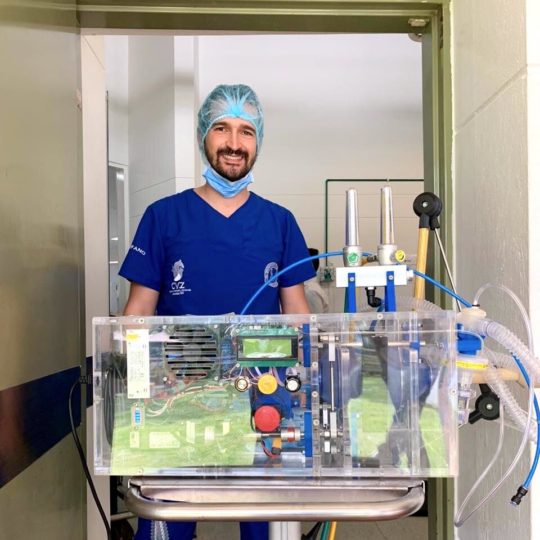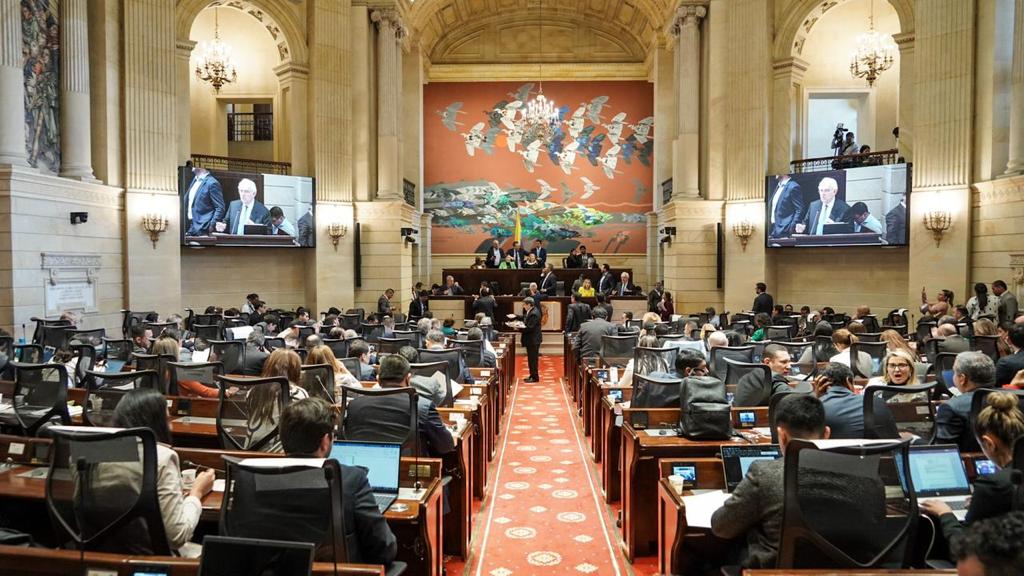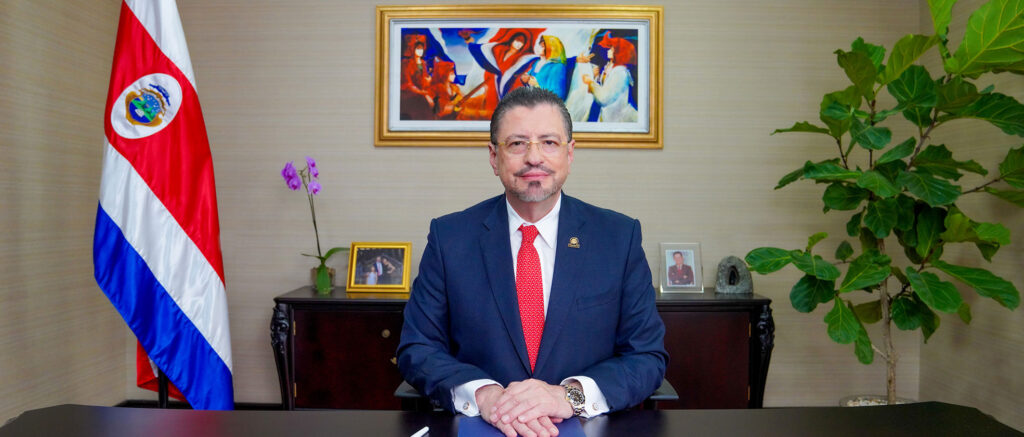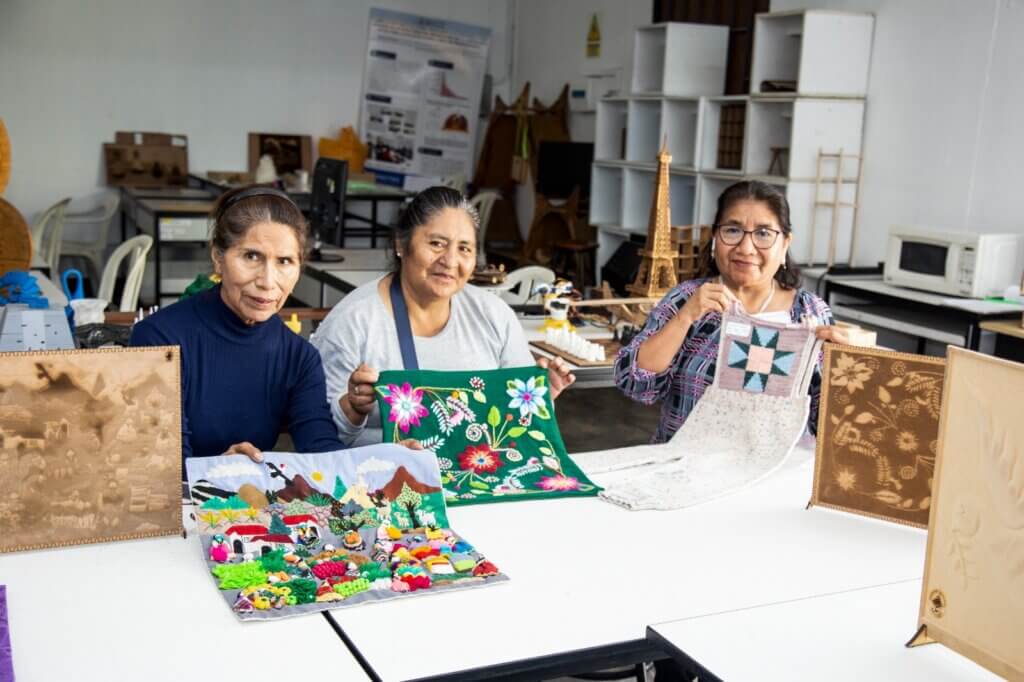As Latin America finds itself as the world’s current coronavirus hotspot, tech companies and governments are working together to slow the spread and help patients in need.
There have been more than 3.4 million cases in Brazil alone, second in global case count only to the United States. Elsewhere in the region, Peru and Chile have faced high death rates and cases continue to climb in Colombia in Mexico.
Here’s a look at some notable tech innovations that a few countries in Latin America are using to negate the pandemic’s impact.
Colombia
In Colombia, tech monitoring has allowed people to maintain some mobility while granting the government the ability to track who has the virus.
A national app called CoronApp and an app in the country’s second largest city, Medellín Me Cuida, have both helped local officials navigate the pandemic. Users enter their personal information and then answer a set of questions regarding their travel plans. Whether they’re going to work or to the grocery store, they respond to the question prompt and are given a green light and a QR code if they’re able to go out.
In theory, this has made the job of government contact tracers easier to locate and respond to outbreaks. Still, the tech depends on people being honest regarding any symptoms they may have and staying responsible when they do leave their homes.
Recent delays in the app have coupled with an uptick of cases to present new challenges for Colombia’s government.
Medellín tech leaders have also joined with the mayor’s office and the prominent University of Antioquia to create $1,000 ventilators using 3D printing. The Colombian model is lighter and more transportable than normal ventilators to allow for use in rural parts as well.
After months of testing, the ventilators are starting to roll out and, by the start of this month, nearly 100 had already been delivered throughout the country to immediately help patients in critical condition.
Ecuador
Ecuador was in the international spotlight in March and April as deaths mounted at alarming rates and hospitals lacked the ability to take in patients. A major outbreak in Guayaquil led to the country owning one of world’s worst death rates to the virus at the time.
But the small Pacific coast country has seen its curve level off significantly with a drastic drop in cases in recent weeks.
An app called SaludEc, similar to those being used in Colombia, shows users the hotspots of the virus and gives them the ability to self-report symptoms. Those on the app can then connect with a health care worker to gauge possible next steps they should take.
The app allowed the government to see that nearly two-thirds of the country was complying with quarantine guidelines. That ability to track people at such a massive scale has come with concern over privacy rights, as the Human Rights Watch called on the government to pass data protection legislation in order to ensure consent and avoid privacy violations.
Ecuador’s indigenous tribes also find themselves particularly vulnerable right now due to their lack of resources and a high risk of infection. In July, the National Indigenous Confederation of the Ecuadorian Amazon launched an interactive dashboard to monitor and track cases. Calling the portal a “response to the lack of clear, public information” on COVID-19 cases among indigenous communities, the interactive feature shows case and death count among the eight indigenous tribes.
Brazil
Elsewhere in the Amazon, one organization has used a contact tracing app on a cell phone to survey the Kuikuro people in the Brazilian state of Mato Grasso. The Kuikuro Indigenous Association of Upper Xingu, also known by its Portugues acronym AIKAX, has taken the survey app to go door-to-door in the village and pose questions to the villagers that track symptoms, travel of people in and out of the village and where potential cases may be located.
“We knew it would be impossible to stop everyone from coming and going, particularly in a communal village where social contact is everything and the very idea of isolation is terrible,” local professor Carlos Fausto, who works with the Kuikuro, told Slate. “What we needed was to buy enough time to shift from the monitoring stage to response preparation.”
As of early August, there have been more than 22,000 cases among indigenous Brazilians and more than 600 deaths from coronavirus, including Chief Aritana Yawalapiti, a famed Upper Xingu leader.
With little in the way of a coordinated response from the government of Jair Bolsonaro, vulnerable groups like Brazil’s indigenous tribes have been largely left to fend for themselves, making AIKAK’s work even more important.
In the capital of São Paulo, the tech company Unike has raised half a million dollars on a two-pronged approach to combating COVID-19. The main feature would entail a sort of facial recognition system used on tablets that can be used to take peoples’ temperatures and confirm that they are wearing masks.
The company led by André Barretto is also using the funds to develop a tool that would analyze the sounds of peoples’ voices and possible coughing to detect the probability of a COVID-19 infection.











